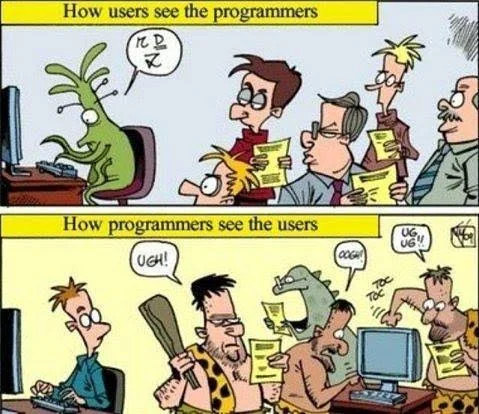Greetings, OSM Community 
Today marks the unveiling of my most ambitious project yet: OpenStreetMap-NG.
Nearly a month in the making, I am super excited to bring this to light.
This project is a transformative rewrite of the foundational OSM infrastructure1,2 to Python. Its goal? To simplify contributions, secure against vandalism, and modernize the API, all while remaining backwards compatible.
 (Some) Highlight New Features
(Some) Highlight New Features
- 100% Python; Move away from the complexities of Ruby, C++, and SQL.
- API 0.7; A streamlined, future-proofed update that addresses many 0.6 challenges.
- Anti-Vandalism Hardening; A comprehensive 3-stage strategy to combat vandalism.
- Optimized Performance; An innovative parallel diff processing algorithm.
- …and a lot more in the full document
The announcement comes in two forms:
❶  Text Document
Text Document
Link to the full announcement document
❷  Commentary Video
Commentary Video
(I don’t usually do videos, so bear with me.)
Important Update: In the video, I mentioned MongoDB replacing the PostgreSQL database, but that is no longer the case. OpenStreetMap-NG will work with PostgreSQL. Please see the document for the updated information (or watch a State of NG episode).
 State of NG
State of NG
I started a video series where I talk about the current project state and summarize general community discussions. You can find the latest updates here:
- SONG #1 — PostgreSQL, Performance, Project Structure (2023-11-15)
 Questions? AMA!
Questions? AMA!
I understand that what is obvious to me may not be so for others. Because of that, I will be hosting two open AMA video sessions, collecting questions from you—the community. I will then format all the questions and answers and publish them on the project’s website. Feel free to hop in, even just to chat about anything! ![]()
Nov 5, 08:00 to 09:00 UTC← click to see in your local timeNov 8, 10:00 to 11:00 UTC
UPDATE: I created the FAQ document here.
Simply join the meeting when it’s time:
 Links
Links
- Project Homepage (+Source Code)
- Project Roadmap
- Donate on Liberapay
Disclaimer: Please note that this project is not affiliated with the OpenStreetMap Foundation. It’s the result of my voluntary work and personal choices.

